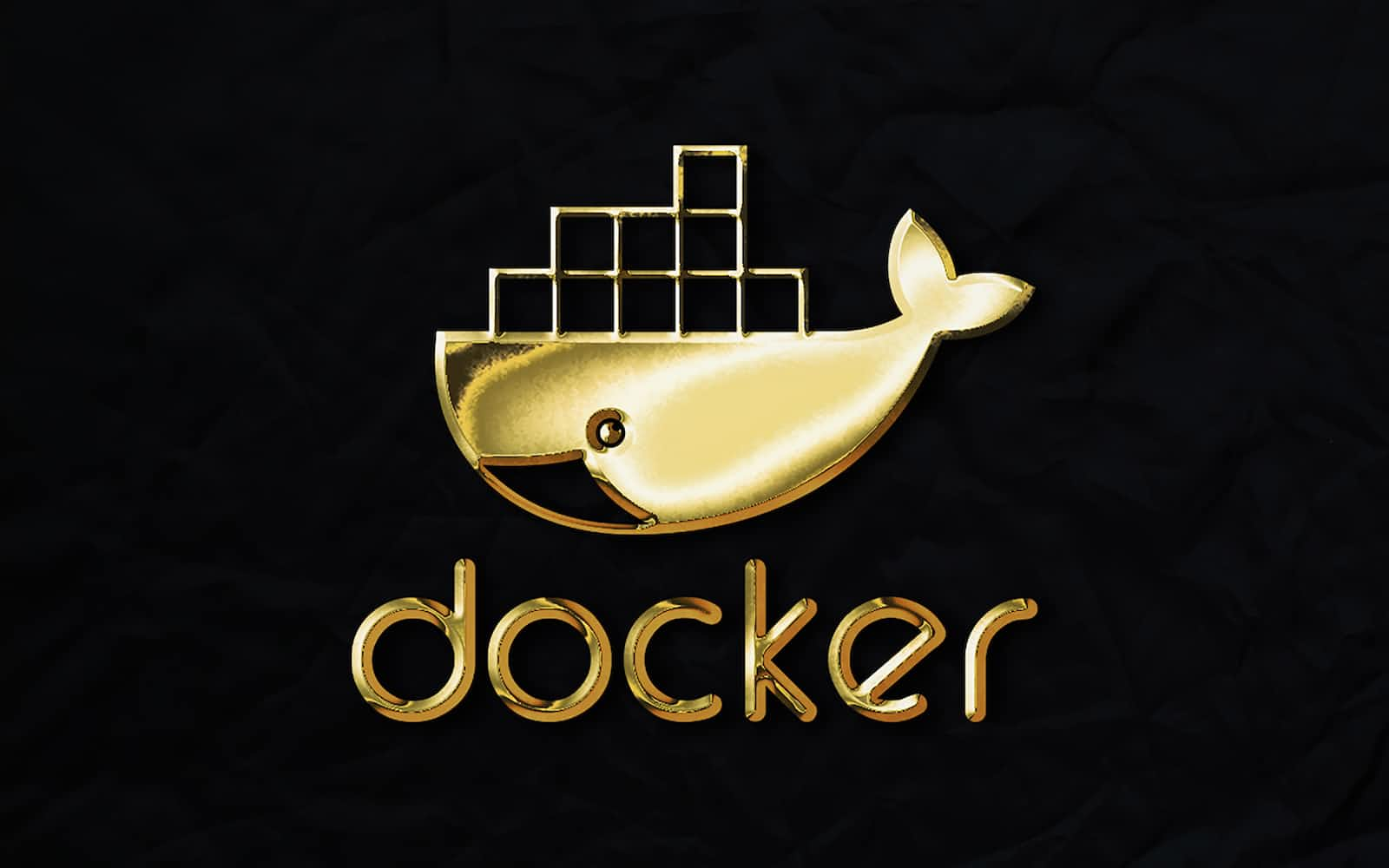Docker - Getting Started
 Anjan Nair
Anjan Nair
Docker has been quite useful in developing and scaling applications in containers. It isolates the app from the infrastructure. A container is a running instance of an image.
Getting Started
To install Docker there are a ton of methods you can find here. You can select your OS and then follow the instructions to install.
Commands
Some commands that you can find useful -
1) To test your Docker - docker run hello-word
2) To pull and image from Docker - docker pull debian
3) To run the image using interactive mode - docker run -t debian
This command spins up a container with a unique id
4) To check all the containers - docker ps
The above command is to get all the running containers. To get all containers dead and running you should - docker ps -a
5) To delete a container we use - docker rm <container id>
6) To get all images on your PC - docker images
7) To delete an image we use - docker rmi <image id>
8) To run a dead container in interactive mode - docker start -i <docker id>
9) Creating a custom image from a container - docker commit -m "my message" <container ID> <name of image>
Dockerfile
The Dockerfile is written to build a custom image. It consists of commands to build the image.
A quick example of a Dockerfile for node is -
FROM node
WORKDIR /app
COPY package.json /app
RUN npm install
COPY . /app
CMD ["npm", "start"]
After adding the Dockerfile to the root of your directory just use the command -
docker build -t mycustomtag .
Why tags are important?
They provide unique names assigned by the user to identify the custom images.
Playing around
The custom image built can now be run in the interactive mode using the following command -
docker run -it -p 3000:3000 mycustomtag
To run the custom image in detached mode we will use the following command -
docker run -d -p 3000:3000 mycustomtag
Detached mode means without a prompt or verbose
The 3000:3000 means exposing the docker containers internal port to the external port
NodeJs and Docker
A resource I found on YouTube states that one can use the automatic server restart in nodemon with Docker. I haven't tried it yet but it looks like a good idea!
Link to video - Docker-izing a NodeJS ExpressJS API
Subscribe to my newsletter
Read articles from Anjan Nair directly inside your inbox. Subscribe to the newsletter, and don't miss out.
Written by

Anjan Nair
Anjan Nair
Pursuing my undergraduate degree in Electronics and Telecommunication. With a programming experience of 5 years I have contributed to open source from the very start. I have a keen interest in evolving technology and love to get a hands on experience with them. My main goal is to demystify technology for everyone.